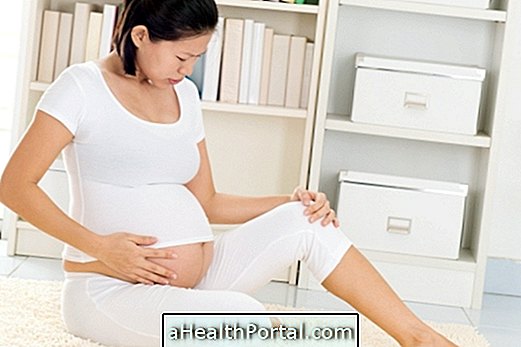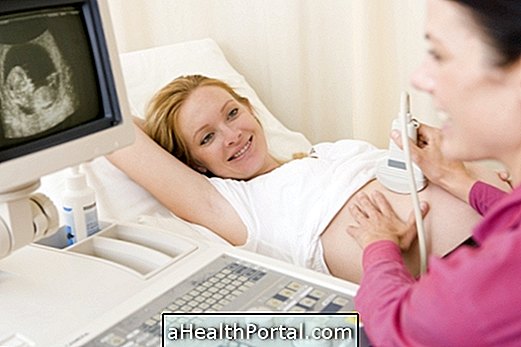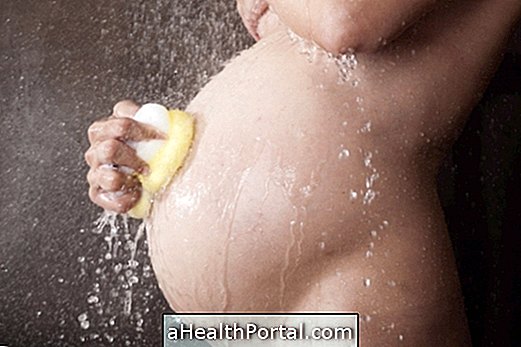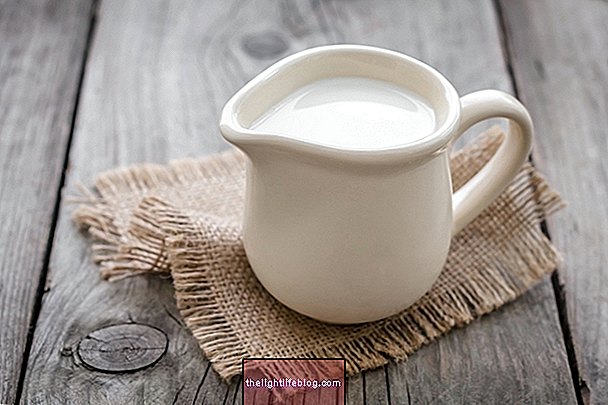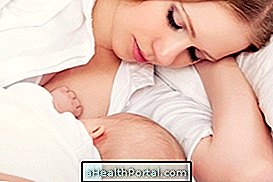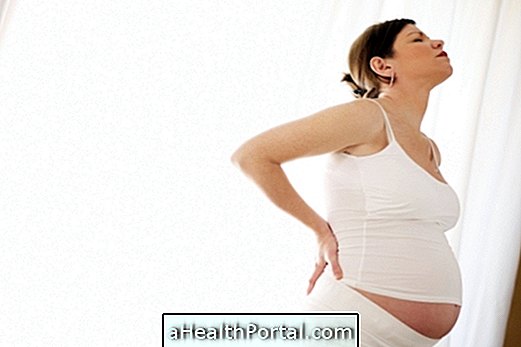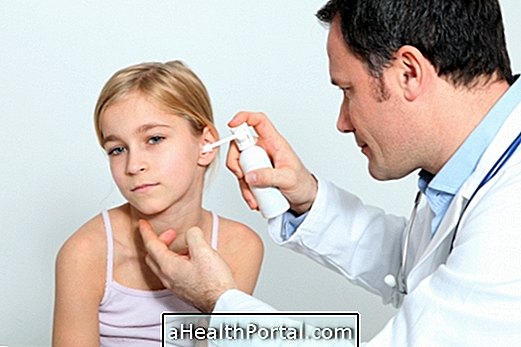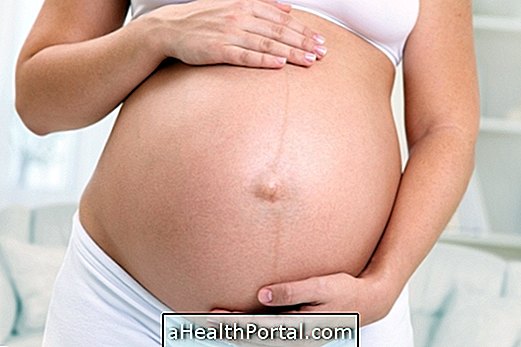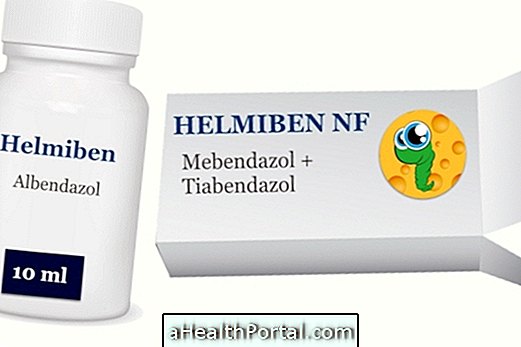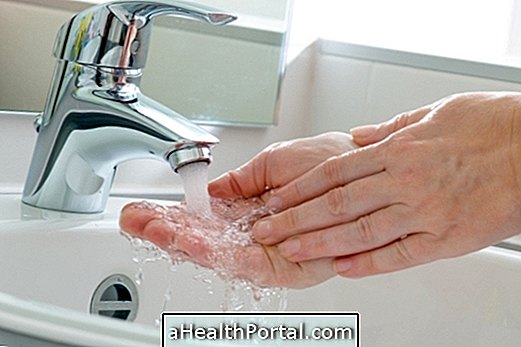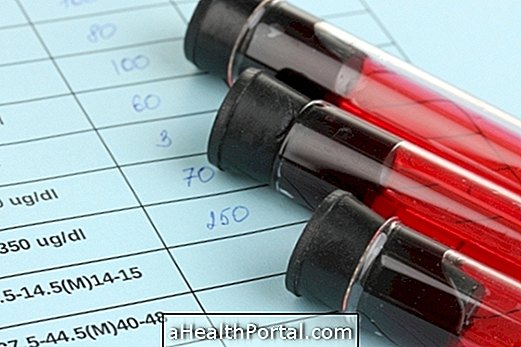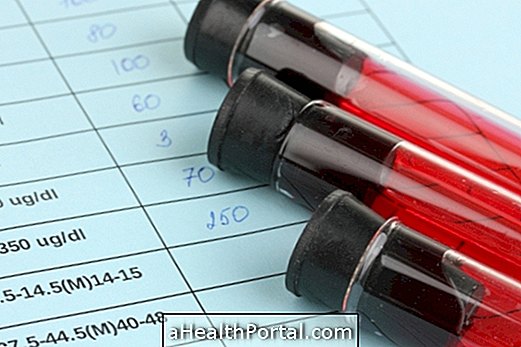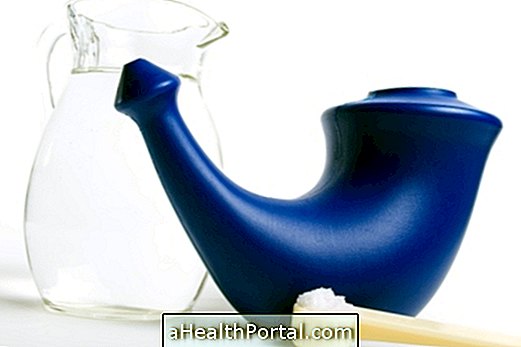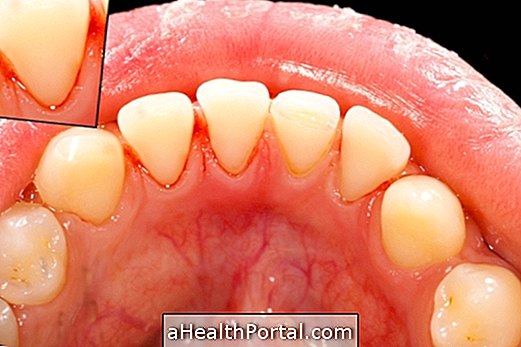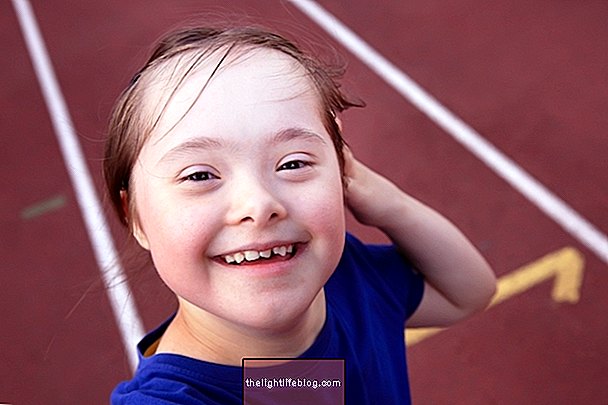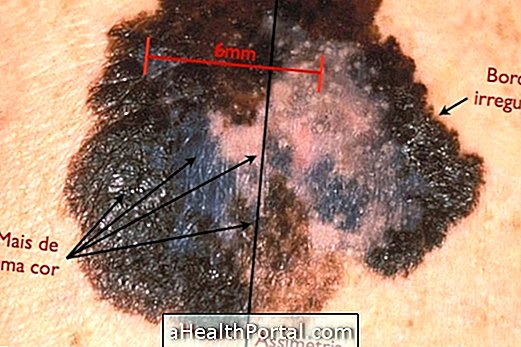During pregnancy, the mammary gland of the pregnant woman is naturally prepared for breastfeeding, as the breast ducts develop and the breasts grow.
However, it is important for the pregnant woman to also prepare the breast to breastfeed, adopting some precautions throughout pregnancy that help avoid problems such as cracks or fissures in the nipple. Preparing the nipples, making them more salient for breastfeeding also helps.
Thus, to prepare the breast for breastfeeding, the pregnant woman should:
1. Rinse the sinus with water only
The breasts and nipples should be washed only with water, and should not use soaps or creams. The nipples have a natural hydration that must be maintained during pregnancy, so when soap or creams are used, this hydration is removed, increasing the risk of nipple cracking.
2. Wear your own bra
During pregnancy, the pregnant woman should wear a bra that is comfortable, cotton, has wide straps and good support, does not have iron to not hurt her breasts, has a closure to adjust the size and where the breasts are totally inside the bra. The breastfeeding bra can be used from the third trimester for the pregnant to get accustomed and know how to use it, before using it for the first time.
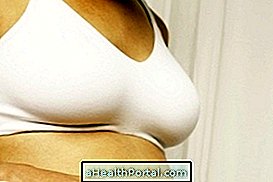

3. Sunbathe your nipples every day
The pregnant woman should take 15 minutes of sun a day on her nipples, but only until 10am or after 4pm, as this helps prevent cracks and fissures in the nipples, which become more resistant. Before sunbathing, the pregnant woman should put sunscreen on her breasts, except in the areolas and nipples.
For pregnant women who can not sunbathe, they can use a 40W bulb within 30cm of the nipples instead of the sun.
4. Massage the breasts
The breasts should be massaged 1 or 2 times a day, from the 4th month of gestation, to make the nipples more protruding and to facilitate the baby's grip and suction of the milk.
To perform the massage, the pregnant woman must hold one of the breasts with both hands, one on each side, and press down to the nipple about 5 times, and then repeat, but with one hand on top and one on the bottom.


5. Air the nipples
It is important to aerate the nipples several times during the day as this allows the skin to breathe, preventing the onset of cracks or fungal infections.
6. Stimulate inverted nipples
Pregnant women may have their nipples inverted, that is, turned inward from birth or they can thus be with gestation and breast growth.
In this way, the inverted nipples should be stimulated during pregnancy, so that they are turned outwards, facilitating breastfeeding. To stimulate, the pregnant woman can use a syringe, as shown in the first image, and then she should do a massage by rotating the nipples, as the second image shows. Learn more at: How to Breastfeed with Inverted Nipples.


Other options are nipple correctors, such as Avent Nipple Inverted Nipple Corrector, or rigid base nipple preparation shells that can be purchased at pharmacies or supermarkets.
Other breast care
Other care the pregnant woman must have with her breasts include:
- Do not use ointments, moisturizers or other products in the areola or nipple;
- Do not rub the nipples with a sponge or towel;
- Do not shower on your nipples;
- Do not extract milk with your hands or a pump, which may come out before delivery.
These precautions should be maintained throughout pregnancy as they prevent possible nipple lesions.
